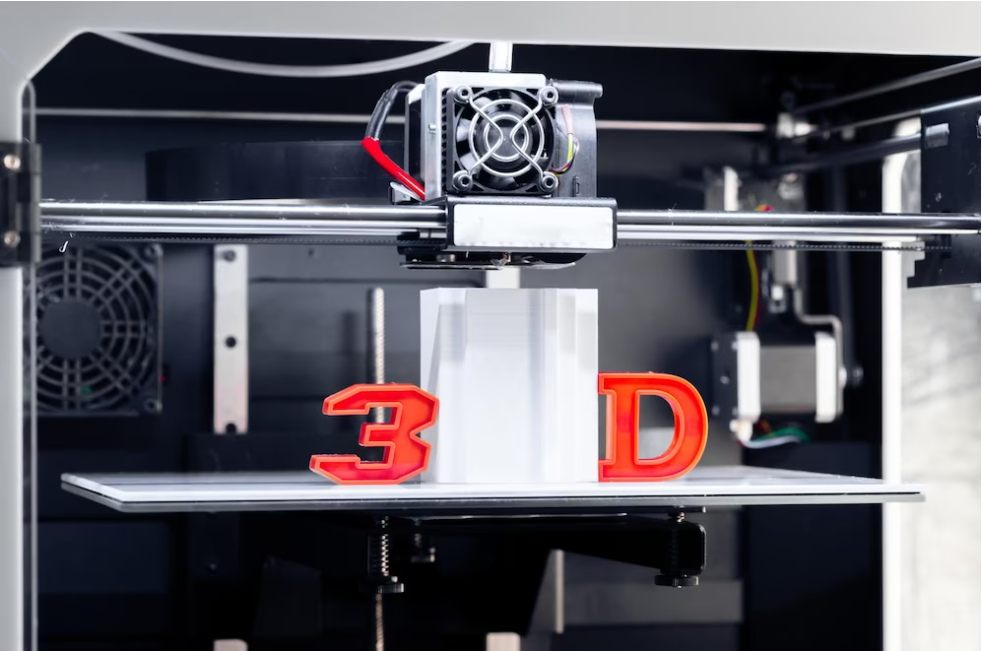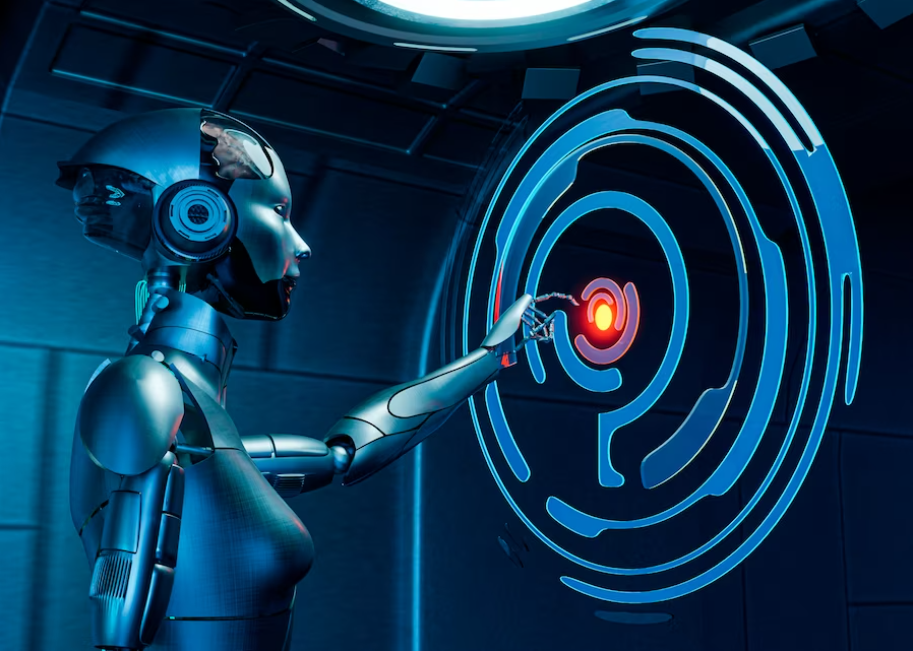Artificial intelligence (AI) has been revolutionizing various industries, and 3D printing is no exception. 3D printing is a technology that has been growing rapidly in recent years, and it has become a game-changer in manufacturing, healthcare, and other industries. AI, on the other hand, has been changing the way we approach problem-solving, data analysis, and automation. Combining these two technologies can create a powerful synergy that can optimize and improve the 3D printing process across various industries. Here are some ways AI can help in 3D printing.
Design Optimization
Designing a 3D model can be a tedious and time-consuming process, especially for complex models. However, AI can help to automate and optimize the design process. AI algorithms can analyze data and identify patterns that humans may not be able to detect. By using machine learning techniques, AI can generate multiple design options based on specific requirements, such as strength, durability, and flexibility. This can help to reduce the time and cost of the design process and improve the quality of the final product.

Quality Control: Quality control is crucial in 3D printing, especially when producing parts for critical applications such as aerospace and medical devices. AI can help to monitor the printing process in real-time and detect defects or errors as they occur. AI algorithms can analyze the data from sensors and cameras to identify patterns that may indicate issues with the printing process. This can help to reduce the number of defective parts, improve the reliability of the final product, and reduce the cost of manufacturing.
Material Selection
Choosing the right material for a 3D printing job can be challenging, especially when working with new or unconventional materials. AI can help to optimize material selection by analyzing the properties of different materials and their suitability for specific applications. Machine learning algorithms can analyze data from previous 3D printing jobs and identify the best material for a specific application based on factors such as strength, flexibility, and cost.
Supply Chain Optimization
AI can help to optimize the supply chain for 3D printing by predicting demand, optimizing inventory, and reducing lead times. Machine learning algorithms can analyze data from past 3D printing jobs and predict future demand, enabling manufacturers to optimize their inventory and reduce the time it takes to get materials and supplies. This can help to reduce costs, improve efficiency, and increase the speed of the 3D printing process.

Personalized Products
One of the most exciting applications of 3D printing is its ability to produce customized or personalized products. AI can help to automate the process of generating personalized designs by analyzing data from customer preferences and behavior. Machine learning algorithms can generate personalized designs that meet specific customer requirements, such as size, color, and shape. This can help to improve customer satisfaction and increase sales.
In conclusion, AI can play a significant role in the optimization and improvement of the 3D printing process across various industries. From design optimization to quality control, material selection, supply chain optimization, and personalized products, AI can help to reduce costs, improve efficiency, and increase the quality of the final product. As AI and 3D printing continue to evolve, we can expect to see more exciting applications and innovations in the future.
